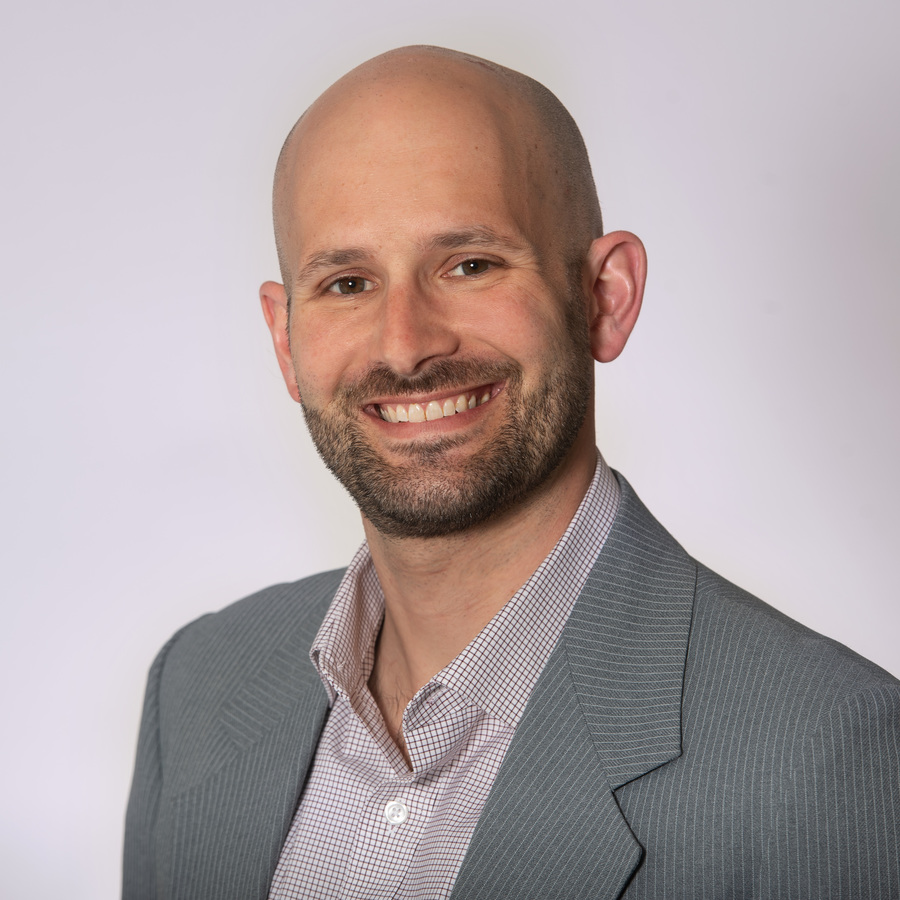Most new consumer health products struggle because they either take a narrow, single-faceted approach to a complex health challenge or target fads or novelty rather than focusing on demonstrating impacts on health outcomes. To help clients navigate these complex but lucrative opportunities, we developed the Lux Consumer Health Radar, which connects the consumer health spectrum (from healthy to severe disease) to the consumer’s physical lens, which includes biologically intrinsic factors, lifestyle factors, and environmental factors. When the health spectrum is connected to the physical lens, the information provides a tool to assess opportunities specific to consumer health needs by identifying gaps (Figure 1).

Yidibao develops a product to target environments associated with obvious intrinsic risks
For the elderly, a simple trip or stumble can turn into a life-altering event. The World Health Organization even ranks falls as the second-leading cause of unintentional injury deaths worldwide. In China alone, with its rapidly aging population, over 400 million people over the age of 65 suffer serious injuries from falls. While many falls may not be immediately life-threatening, the resulting injuries — such as bone fractures, infections, and even pulmonary embolisms — can lead to severe consequences, both physically and financially.
Conventional solutions for elderly fall protection have largely focused on monitoring and alert systems. Apple and Samsung smartwatches are designed to detect falls by analyzing movement, gait, and physical activity, automatically alerting emergency services when a fall occurs. Meanwhile, solutions like those from Howz utilize environmental sensors to track deviations from normal household activities, inferring potential emergencies based on changes in electricity consumption patterns.
However, these solutions share a critical limitation: They operate only after a fall has occurred. While they can prompt swift emergency responses, they do not offer an intervention to prevent or cushion the impact of a fall. This gap in the market is where Yidaibao, a Chinese startup founded in 2014, has taken aim.

Inspired by automotive airbag technology, Yidaibao provides a wearable airbag vest specifically designed to protect the elderly at the point of impact during a fall. This innovative product uses a microgyroscope and microprocessor to detect the motion and angle of a fall, deploying airbags within 0.18 seconds — just in time to mitigate injuries. It is also offered in two forms: a vest that covers the head, shoulders, back, and hips and a belt that protects the waist. These devices are guided by a microchip that collects movement data at a rate of 200 times per second, paired with a deep learning algorithm that continuously analyzes the wearer’s posture. This ensures that the airbags deploy both accurately and rapidly, providing critical protection independent of the intrinsic risk factors of the user.
In a market dominated by post-fall interventions, Yidaibao’s proactive approach addresses a critical gap and is more flexible, thanks to its ability to understand environmental context rather than symptoms that already exist. For companies in the home care sector, this wearable airbag offers a unique opportunity to enhance the safety and well-being of elderly consumers, complementing existing monitoring technologies. Though it currently lacks alert features, adding smartphone connectivity could make it a comprehensive solution, spanning all levels of the Lux Consumer Health Radar and expanding its physical lens to intrinsic factors connected to available information from the user.
As you can see, the Lux Consumer Health Radar not only provides an opportunity to assess how innovations compare to convention, but it also indicates opportunities for innovators to provide their own expertise to improve the reach and potential of emerging solutions. Reach out to learn more about this framework as well as to see additional case studies.
Keep innovating!

